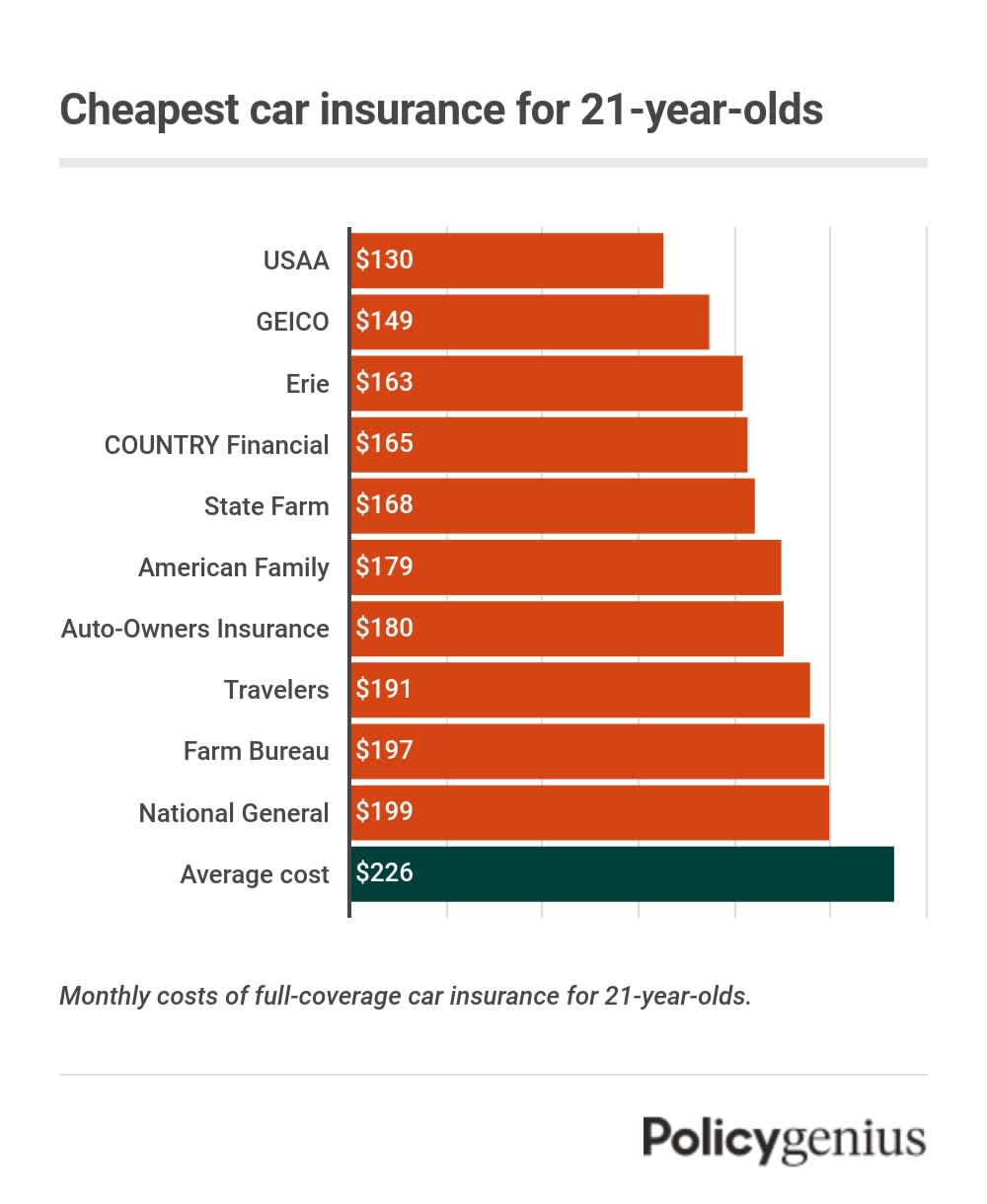Okay, so I spent some time messing around with a little project I called ’21 car’. Not sure why ‘car’, maybe just sounded cool in my head at the time, but it’s basically that card game, 21 or Blackjack. Felt like doing something hands-on, you know?

Getting Started
First thing, I just opened up my plain old text editor. Didn’t need anything fancy for this. Decided to go with Python ’cause it’s quick for whipping up stuff like this. Didn’t want to get bogged down in complicated setup.
I figured the main parts would be:
- Making a deck of cards.
- Shuffling the deck.
- Dealing cards to the player and the dealer.
- Handling the player’s turn (hit or stand).
- Handling the dealer’s turn.
- Figuring out who wins.
Building the Game Logic
So, I started by creating the deck. Just made lists for suits and ranks, then combined them to get all 52 cards. Simple enough. Getting the values right took a moment – face cards are 10, Ace is tricky (1 or 11). Handled that later.
Next up, shuffling. Python’s got a random module, so that was easy. Just imported it and shuffled the list of cards. Gotta make sure it’s random, right?
Dealing was straightforward. Popped two cards off the shuffled deck for the player, two for the dealer. Made sure to keep one of the dealer’s cards ‘hidden’ initially, just like in the real game. Displayed the player’s hand and the dealer’s visible card.

Then came the player’s turn. Used a simple loop asking if they want to ‘hit’ or ‘stand’. If they hit, deal another card. If they stand, their turn ends. The tricky part was calculating the score, especially with Aces. I put in some logic: calculate the total, and if it’s over 21 and there’s an Ace counted as 11, change that Ace’s value to 1. Did this check every time a card was added.
After the player stands (or busts), it’s the dealer’s turn. This was more automatic. The rule is usually dealer hits until their hand is 17 or more. So, I just put that in a loop. Revealed the hidden card, then kept dealing cards to the dealer until their score hit 17 or higher.
Finishing Touches and Testing
Finally, needed to decide the winner. Compared the player’s score and the dealer’s score. Made checks for busts first. If player busts, they lose. If dealer busts, player wins (if they didn’t bust already). If neither busts, whoever is closer to 21 wins. Added checks for ties (push).
Ran it quite a few times. Found some bugs, naturally. Ace logic needed tweaking a couple of times to get it right in all situations. Also added more print statements to make it clearer what was happening – showing the hands, the scores, who won. It’s all text-based, no fancy graphics or anything.
In the end, I got a working little 21 game running in the console. It felt good to just build something, step-by-step, even something simple. Good practice, reminded me how to break down a problem and code it up piece by piece. Nothing groundbreaking, but a solid session of just doing.

